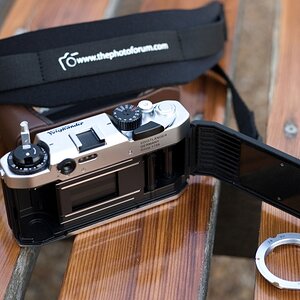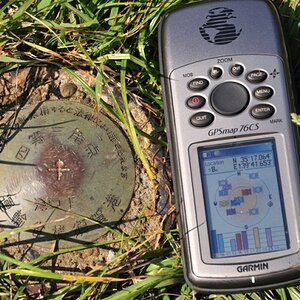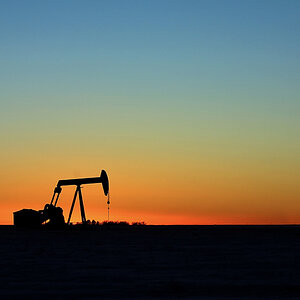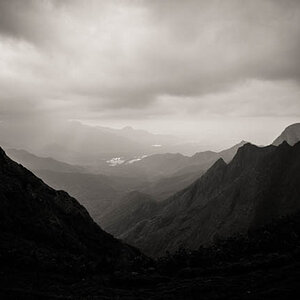RubyGloom
TPF Noob!
- Joined
- Aug 16, 2011
- Messages
- 108
- Reaction score
- 0
- Location
- Canada
- Can others edit my Photos
- Photos OK to edit
I was looking through some fliers today and seen 40 watt opus strobe for 129. This is really cheap so I am assuming it's not very good? I have studio strobe and 2 that I take on location with me and was thinking about picking up one or two more (keep in the car kinda thing) is this complete crap? Or a good deal?
http://www.londondrugs.com/Cultures...- OPL-M402&ProductID=4463931&Category=Flashes
http://www.londondrugs.com/Cultures...- OPL-M402&ProductID=4463931&Category=Flashes
Last edited:


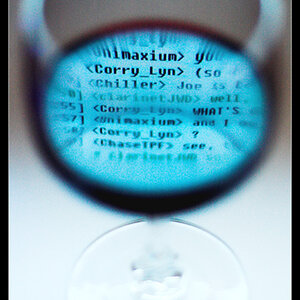

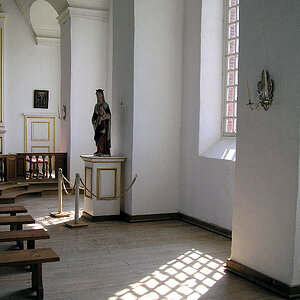
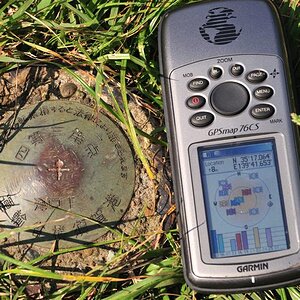
![[No title]](/data/xfmg/thumbnail/38/38262-10a9668da9a2b36a92cddde57caf87bc.jpg?1619738547)
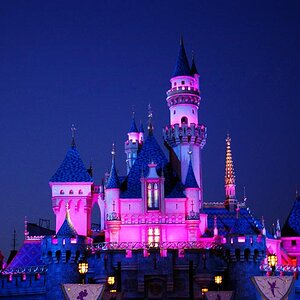
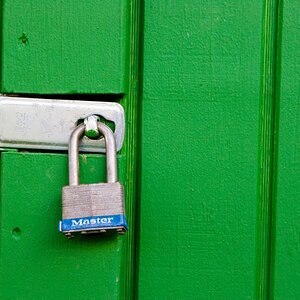
![[No title]](/data/xfmg/thumbnail/38/38263-ad5e4c9e677626ddb5b1e7cdf9ebe40e.jpg?1619738548)
